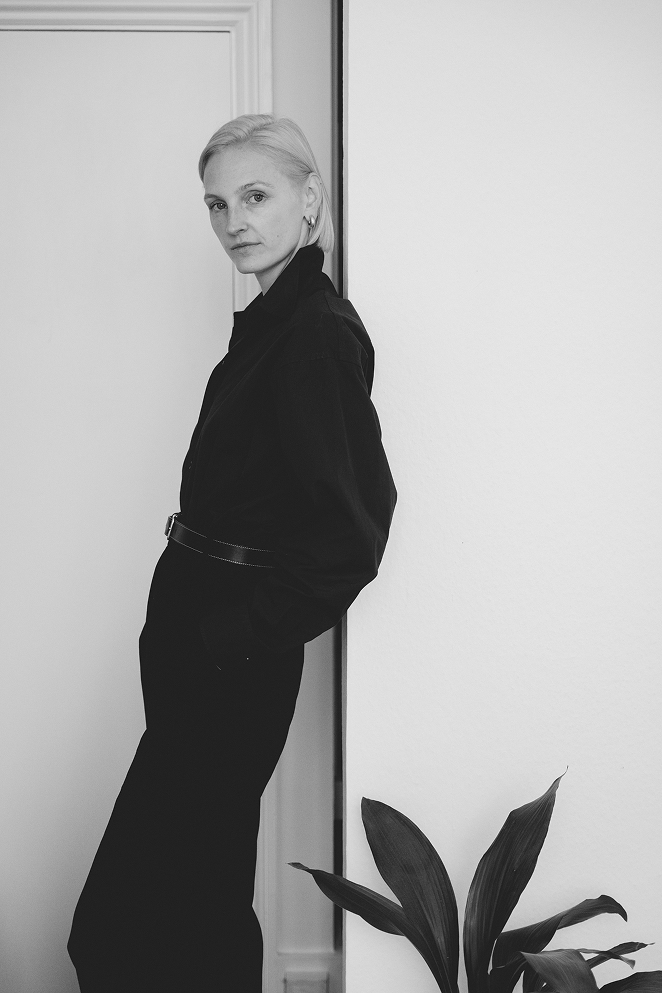

Bonnie Langedijk, founder of the digital media platform HURS, shares insights into her dynamic career, from her early exposure to the world of advertising to launching her own platform. With a deep passion for fashion, design, and culture, Bonnie talks about her desire to redefine storytelling, the role of cross-cultural collaborations, and how HURS is filling a crucial gap in the media landscape. In this conversation, Bonnie Langedijk delves into the power of niche publications, the challenges of digital media, and the evolving role of social media in connecting with global tastemakers.
hube: Could you tell us a little about your personal journey — how did you find your way into the creative and publishing industries?
Bonnie Langedijk: My parents both worked in advertising. My dad was an Art Director working with Jaguar, Marlboro and IKEA, and my mom was a copywriter at the same agency. Growing up around creative parents, I think you develop a certain way of looking at the world. They taught me that work, personal interests, and passions can be combined. My dad would take me to a magazine store in Amsterdam called Athenaeum, and I would bring home a collection of titles that included everything from Japanese architecture magazines to French Vogue. I developed a deep love for publishing and magazines, particularly those focused on fashion, design, art and culture at large. That led to a career working across publishing and fashion, including Hearst Magazines and NET-A-PORTER, as well as consulting brands across fashion and design. Three years ago, after walking around with the idea for about five years, I finally took the leap and launched HURS.
h: Looking back, what pivotal experiences shaped your approach to storytelling and brand building?
BL: I think growing up with parents working in advertising, I always understood the intersection of art and commerce. I think many individuals working across cultural disciplines still see commerciality as a dirty word. I think there’s a great challenge in creating something that’s interesting or provoking yet also commercially viable. Secondly, I have always moved between the worlds of luxury and commerciality, “high and low culture” for lack of a better term. Growing up in the Netherlands, there’s a certain groundedness. I’m interested in contrasts, and I think if you grow up in too much of a bubble, it’s hard to find and appreciate those contrasts. It’s important to not take yourself too seriously. Thirdly, the blend between the digital and the analogue, while growing up, has always made me question our experiences digitally and how they can be a reflection of the real world. I loved magazines, creating collages, drawing, but I was also an avid Tumblr user, and loved going down these digital rabbit holes, trying to figure out who designed something, or where something came from. In a world where nothing is truly new anymore, I think there’s real value in finding the intersection between the digital and physical, in terms of communication and storytelling but also design.

